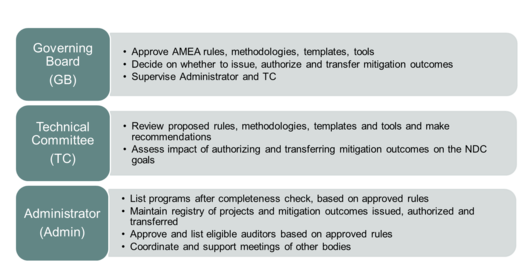2. Objectives
The main objectives of the SCF are to:
- Enhance capacity to access carbon finance through Article 6 cooperative approaches,
- Speed-up the establishment and testing of rules and procedures,
- Simplify the carbon project activity cycle (for certain type of activities) to reduce transaction costs, and
- Test simplified and robust cooperative approaches through real projects and investments.

